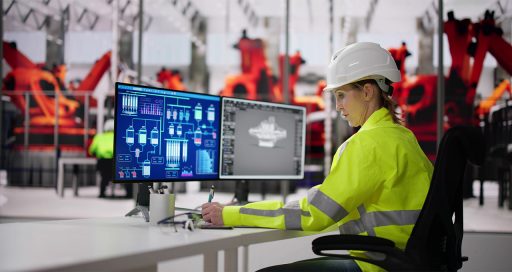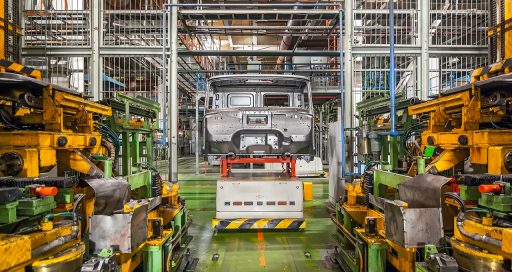Forgetting the technology to let the experience speak for itself
Reading time: 5 min
As technology increasingly permeates the personal lives of users connected to the IoT, it needs to be forgotten to prioritise an enhanced customer experience over tool performance. A discussion with Joao Faria, Global Business Development Manager at Axians who advocates “Smooth and painless” tech to speed its acceptance.
![]()
Tsunami is a strong word, but the image of a giant wave of connected objects that flood over our professional and personal environment is fitting. Technology is infiltrating every domain, altering business processes, jobs and routines, in both the industrial and service sectors.
This monster wave is also affecting end customers, who are now faced with permanent interaction between their data and tools from all kinds of platforms. This movement continues to grow, as shown by Statista’s forecasts: we will probably see an increase from 25 billion connected objects in 2019 to more than 75 billion in 2025.
Aware of the IoT’s importance, businesses are equipping themselves on a massive scale: according to Forrester, 85% of firms plan to implement IoT solutions.
“The user will be far more inclined to appreciate the functionality of an IoT-based solution if the tools used are at least discreet, if not invisible.”
For Axians, the VINCI Energies expert ICT brand that helps companies make this strategic and technological shift, this explosion in connectivity holds great promise, but also risks that need to be fully analysed before embarking on any IoT rollout project.
This practically ubiquitous technology may start to become too visible and fill too much space in our lives. This is the conclusion reached by Joao Faria, Global Business Development Manager at Axians. “This overexposure to technology can take two forms,” he explains. “One is the constant demands on the user to interact, to take part in rigid and complex processes, to respond to requests for data via intrusive popups. The other is the highly tangible invasion of our physical space by various cables, antennas, lights and buttons.”
Prioritising the user experience
All of this may constrain user adoption of the functionalities and services related to the Internet of Things. The relationship that a business creates between its customers and the omnipresent data sensors is paramount. Joao Faria is sure of this: “Taking account of the user experience must be a priority.”
To that end, he says, “The business must change its point of view.” From day one of an IoT project, from the design phase on, the business must stop fixating on the technology and equipment, and concentrate on user-friendliness and the customer experience. We need to ask ourselves whether the planned solution’s end point makes enough sense for the customer. As Joao Faria says, “A solution’s primary objective must be to make an impossible task possible and still leave you with free time.”
The business must ask itself the right questions. What matters to the user? Does the planned technical solution meet their needs? What will be the impact on the user’s life?
For Joao Faria, “The user will be far more inclined to appreciate the functionality of an IoT-based solution if the tools used are at least discreet, if not invisible.”
He illustrates his argument with the example of a heavy plant and tool hire company that wanted a simple equipment tracking solution, to help with billing and tackle vandalism.
Axians installed near-invisible sensors and tags on the equipment, and deployed antennas on site and on the vehicles used by security personnel. This highly discreet solution ensured the tracking of entries and exits, without the need to install huge numbers of antennas and without employees having to scan deliveries or equipment return receipts.
The Cloud and virtualisation
The evolution of technology has made it possible to eliminate physical equipment and software. This is the idea behind cloud-based solutions: customers don’t see the equipment and systems, which are hosted on secure and optimised sites. It also leads to increasing virtualization of resources. With the advent of SDDC (Software Defined Datacenter), the technology is moving towards less hardware-based solutions, and its physical impact on customer solutions is clearly declining.
Further advances are expected: the consolidation of infrastructure should make it possible to incorporate future transmission technologies such as 5G without resorting to large-scale telecommunication projects. The development of the “Edge computing” will enable peripherals to process the data collected locally and send only the relevant amount of data centrally.
Work is also underway to study the possibility of using a standard data collection system that can integrate any type of sensor because its functionality depends on the software installed.
14/01/2021




